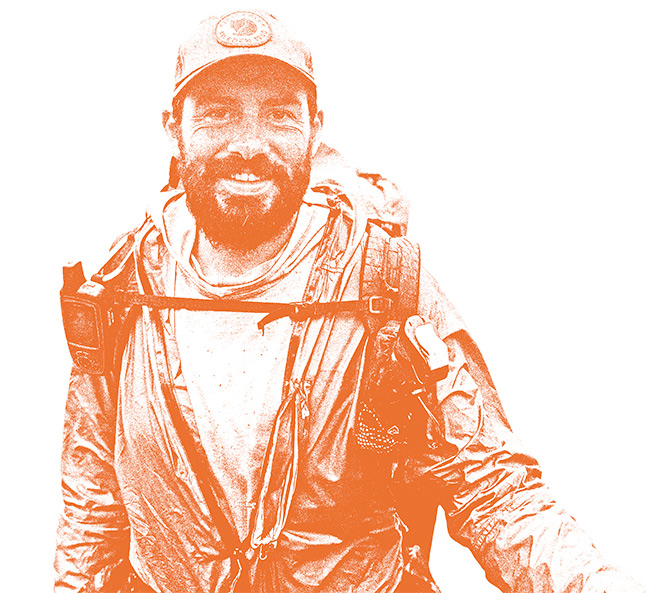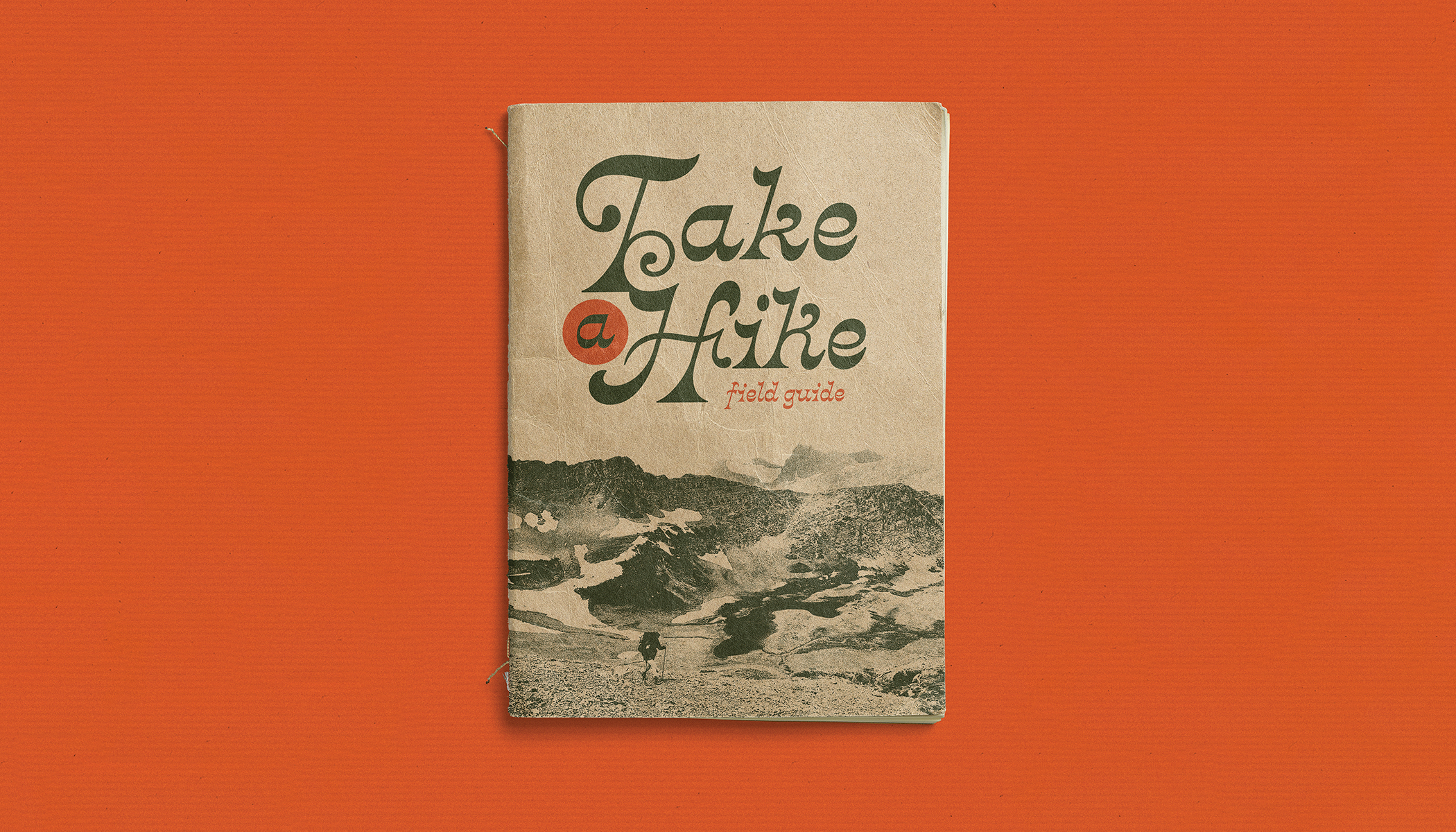How to hike like someone with 9,000MI of experience. Or close to it…
By Henri de la Vega
If you could truthfully say you had traversed anything over 9,000 miles, we would certainly consider you an expert on the subject. Henri, or Rooster as he’s known on the trails, has, as of this printing, over that number (9,000) of miles hiked through the National Trails System. That paired with a background in horticulture makes Rooster one of the better choices of humans to be lost in the woods with. And if there was anyone to help us out with a plan to hike it would be him. Henri, we’re following your lead.
Prepare
Perhaps one of the most important and rewarding steps in any outdoor adventure comes in the planning and preparation of the trip. And while it’s unlikely the average national park visitor will need to spend countless hours poring over maps and spending a small fortune to assemble the perfect inventory of equipment, a little research and planning will go a long way in ensuring you get the most out of your trip.
I start my planning by asking three questions.
- Where do I want to go?
- What time of year am I going?
- What are my intentions/expectations for the trip?
The first two questions, when and where, may decide each other. For example, are you dead set on visiting Kings Canyon National Park? If so, you’ll need to research the best time of year to go depending on the activity you wish to pursue. On the other hand, maybe you and your friends only have one overlapping week in October when you can all take time off leading to the decision to go leaf-peeping at Great Smoky Mountains National Park.
Fortunately for those working around a schedule, there is a national park for any time of year. Parks in warm climates that may be uncomfortably (or even dangerously) warm in the summer are great destinations in the winter months. You can dial in your spring/ summer trips to see interesting plants and wildlife, while fall is a great time to go bird-watching or catch some fall foliage.
If you have a desired location, factors like weather, skills and abilities may affect the time you choose to go. I like to check what the weather was for the past five years for the month I decided on; this gives me a look into some of the situations I might face.
Now that we’ve settled on a time and place, we need to look at what kind of activity we plan on doing. This will affect not only your gear choices but also any permits you may need to acquire.
Perhaps one of the most important and rewarding steps in any outdoor adventure comes in the planning and preparation of the trip.
When we started our backpacking trip through Glacier at the start of the Continental Divide Trail (CDT), we needed backcountry permits, and while the time of year allowed us to carry the same clothing and gear that we would for any summer trip, we still needed to carry traction devices and ice axes for the snow and ice as we’d be traversing at higher elevations.
Once you’ve answered these important questions, you can start dialing in your activities, routes and post-hike restaurant destinations. Make sure you familiarize yourself with the park’s rules and regulations and the seven Leave No Trace principles, and don’t forget to check your day-of weather and ground conditions (available at any ranger station) the day of your intended hike. It’s also important to make sure a friend or loved one back home is aware of your route and itinerary, and is waiting for you to check in by an agreed-upon time. And if all of this sounds overwhelming to you, try hiring a local guide! They’ll know the rules, can help with permits, gear rental and all of the best spots to help you make the most out of your trip.
Gear
So, you’ve made your decision on which one of our beautiful national parks to visit—congratulations! Now comes the fun part. What do you bring to make sure you get the most out of your trip and have a safe experience while out on the trail?
What to Wear.
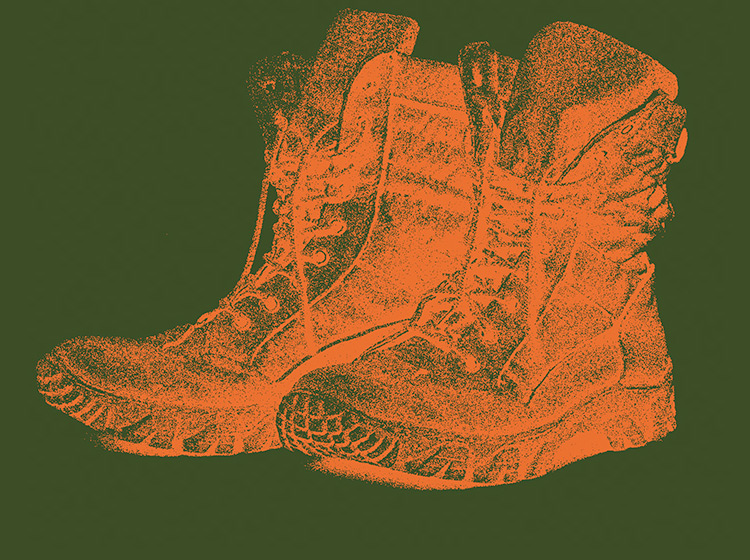
Ask any outdoor enthusiast for a list of gear to take on a hiking trip and you’re bound to see a clothing system that involves multiple layers that can be adjusted to handle any situation the outdoors may throw at you. However, there is no reason to bring your winter parka to Death Valley in July (btw, not a great time to visit Death Valley), so a little bit of research goes a long way here. Here are some pointers to make sure you are covering the basics.
Wear comfortable clothes that wick away moisture. Try to stay away from 100 percent cotton (including blue jeans) which tends to take a long time to dry. Temperatures can change rapidly in the remote areas where many of our NPs are located, and a tough sweaty climb to a cold, windy summit in wet clothes could lead to some serious discomfort—or worse, hypothermia. This leads to the next layer, insulation. Depending on the climate you are expecting, this can be anything from a light, warm fleece to a padded synthetic or down jacket. You will also want to bring along some rain gear; at the very least you’ll want a rain jacket or poncho. If you see rain or snow in the forecast, consider bringing waterproof pants as well. And of course, wear comfortable shoes with good traction. Make sure they are sized up to account for your feet swelling as you hike throughout the day. Finally, always carry a spare pair of wool socks.
Sun Protection.
This one is easy. Bring a hat, sunglasses and sunscreen (mineral-based sunscreens or those made only with zinc oxide or titanium dioxide). If you plan on exploring one of our beautiful deserts, consider clothing with SPF protection. Pro tip: If you plan on hiking a sunny, exposed trail, consider putting sunscreen on under your clothing, you can get sunburnt through your clothes (looking at you, Joshua Tree)!
First Aid Kit/Safety.
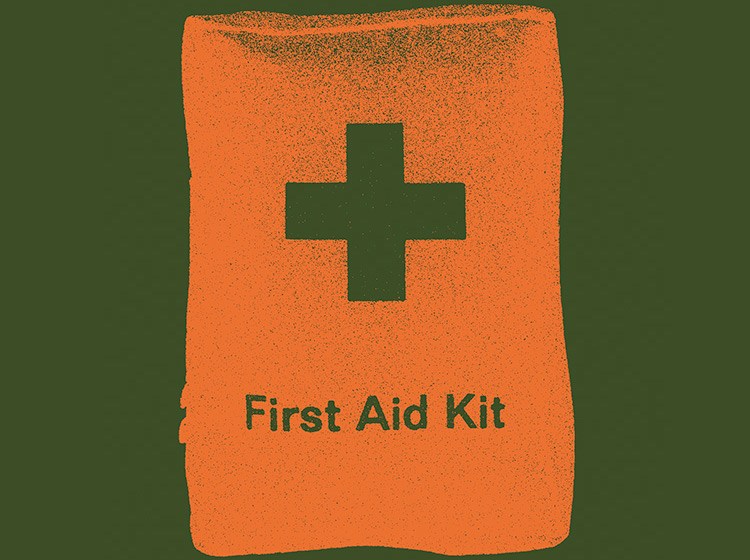
Make sure you are covering the basics. Be prepared to treat blisters, cuts/scrapes, pain, upset stomach and allergies. Be sure to carry any personal medications you might need. You’ll also want to pack an emergency blanket or bivvy and a small whistle—three blasts is a call for help. Be sure to do some research on how to properly use all the items in your first aid kit.
Something Pointy.
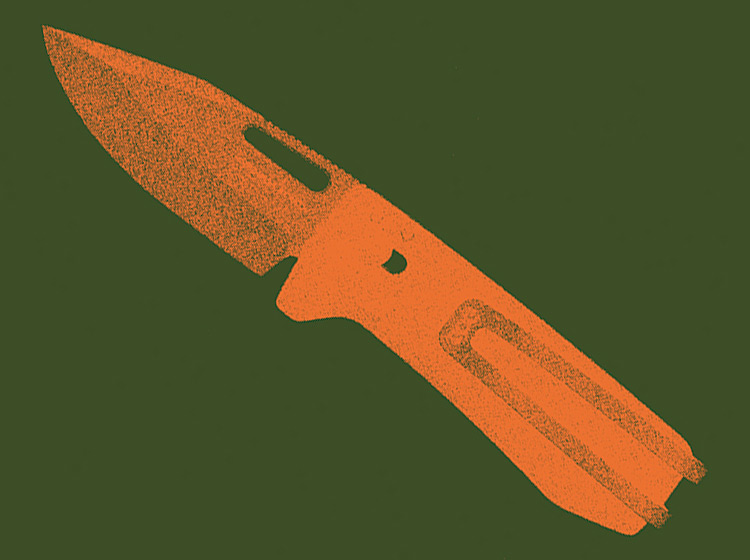
A knife. Hold your horses, Rambo, we aren’t talking about a machete for carving a path through the woods or something to fight off bears. Carry a lightweight knife for a basic cutting task like cutting first aid or duct tape, and pesky snack packaging.
Fire.
If you are doing a longer hike further into the backcountry, carry a backup lighter as well. Except for firing up your stove for a hot cup of coffee, this will be an item you’ll carry and hope not to use. In an emergency, a fire can be used for warmth or signaling. Keep in mind campfires are often prohibited in NPs, especially in the western states, and where they are allowed, they must be contained to established fire pits.
Headlamp or a Flashlight.
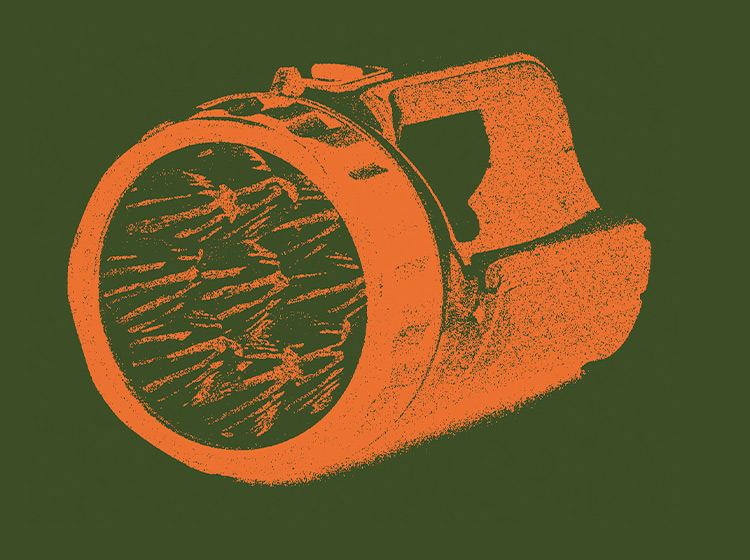
This is an absolute must. Even if you are only planning on going out for a few hours, terrain, weather, injury or a dazzling sunset can all greatly impact your pace and the last thing you want is to get stuck out after dark without a light source. Consider a headlamp; they are hands-free, lightweight and stylish. Don’t rely on the flashlight on your phone, as that will drain your battery quickly and a dead phone can have serious consequences, especially if you’re using your phone for the next gear item.
Navigation.
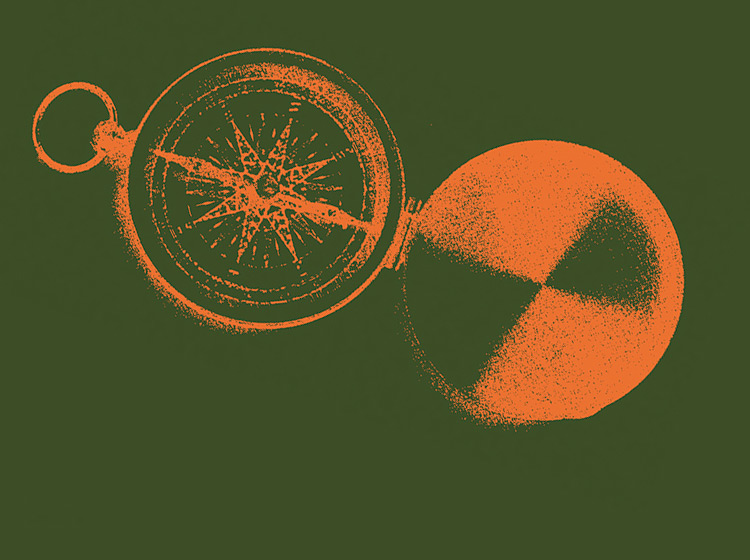
Even if you plan on hiking an easy, well-maintained and trafficked trail you should always bring a map. You’ll use it to make sense of the trail you are hiking. Checking your map whenever you hit a landmark or junction with another trail will help you keep track of where you are and allow you to see how far you’ve come and how much further you must go. If you plan on hiking a backcountry trail or want to piece multiple trails together (to make a loop, for instance) it really pays to learn the basics of using a map and compass together. On top of a paper map, you should also download a GPS map. I like the Avenza GPS app; maps are available to download for free or a small cost and show you your position on the map. Make sure you download your maps before you go. Many NP trailheads are out of range of service. If you plan on using your phone for maps, photos and video you should consider carrying an external battery as well. Even with a spare battery, don’t rely on your phone as a sole source of navigation.
Water.
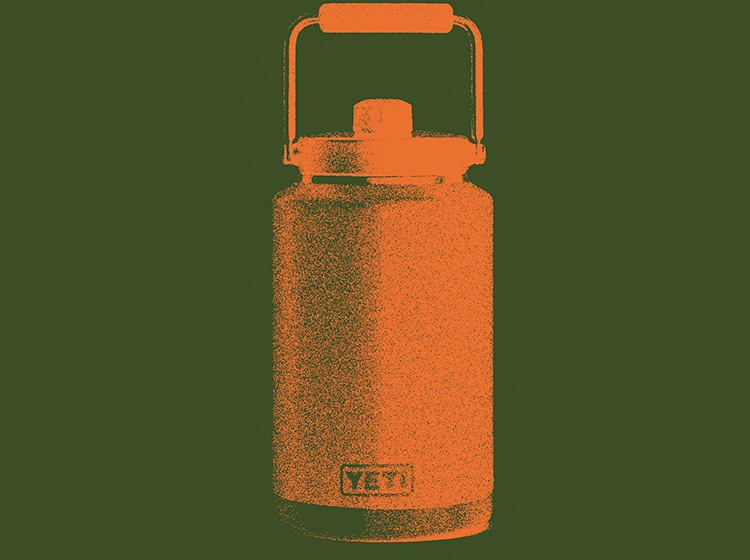
The amount of water you’ll need to drink varies greatly depending on things like temperature, humidity, the difficulty of terrain, and time you expect to be hiking for. Expect to drink much more water than you do in day-to-day life. I generally plan on drinking about a half-liter per hour and double that if conditions are hot and humid. A great way to save some water weight is to carry a water filter, that way you can collect on the go. Just make sure that there is collectible water on your route before heading out.
Food.
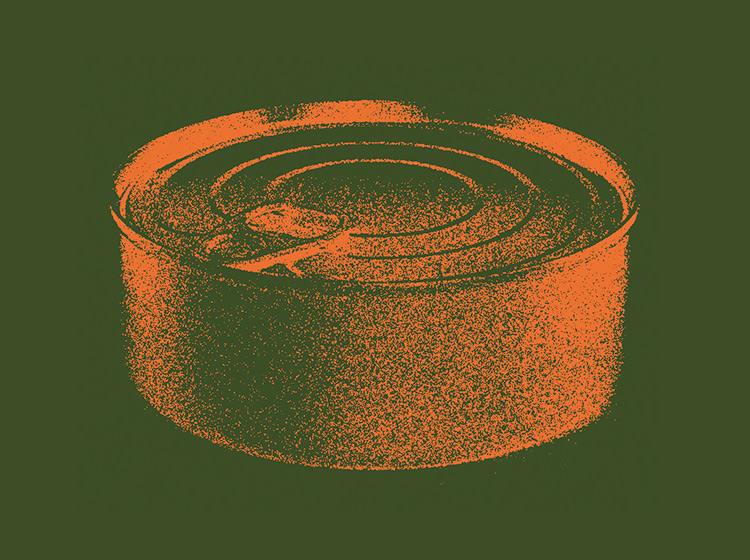
Carry more than you think you’ll need. High-calorie foods like nuts, energy bars, dried fruits and jerky are great. I like to carry some hard candy for a little burst of energy when hiking up steep hills. Plan on eating more on tough hikes or in winter conditions. You’ll be burning a lot of calories.
Trip Specific.
Do your research before heading out! If you plan on hiking a long, remote trail, consider bringing an emergency shelter (part of the ten essentials). If you plan on hiking in grizzly country, always carry bear spray.
Level Up the Hike: Backpacking
My favorite way to explore the backcountry is with all the food and gear I’ll need for a multiday trip strapped to my back. You don’t need to go on a 2,000+ mile-thru hike to see why backpacking has become such a popular endeavor. For the avid hiker, it is the next logical step in your outdoor journey. Backpacking allows you to travel to more remote areas, many of which are only accessible by foot, offering an immersive and rewarding experience.
Perhaps the most alluring element of backpacking is the sense of adventure it delivers. Our day-to-day lives can feel extremely curated, which is not necessarily a bad thing, but having the chance to wake up in the woods knowing only your route for the day with everything you’ll see a mystery is, to me, elating.
Perhaps the most alluring element of backpacking is the sense of adventure it delivers.
One of my favorite aspects of exploring a new area via a multiday backpacking trip is that it allows you to become acquainted with the land and its flora on a more intimate level. You start to pick up on patterns and transitions that might otherwise be missed on a shorter day hike. On our trip through Glacier on the CDT last summer (yup, still gushing over this one) we observed these patterns every day. Cheerful avalanche lilies were found on slopes at higher elevations while purple clematis was more common in the valleys. Crossing the treeline rewarded us not only with views but with tiny alpine plants like the multicolored, lollipop-like cushion buckwheat (one of my favorites).
As we carved our way through the Rocky Mountains we continued to observe and learn. One of my favorite moments was coming across a tiny purple gentian the day we walked into Mammoth Hot Springs, Yellowstone National Park. Later that evening as we rested in a motel room just outside the park in Gardiner, Montana, I started investigating some of the unfamiliar plants we’d come across during the last week. I learned that the little purple flower was Gentianopsis thermalis, and that its Latin name was attributed to the plant’s abundant numbers around the thermal pools of Yellowstone National Park, and that it’s the designated park flower. It was as though it had been stationed there to let us know that we were entering a new and unique landscape.
Final Word of Caution
While I’ve painted a romantic image of backpacking, I should mention that it’s not all roses. Backpacking requires much more equipment than a single-day expedition. You also need to be prepared to slog on in any weather, and most of what you’ll be eating is freeze-dried or instant. Lastly, depending on the length of the trip, you may find yourself going many days without a shower. It’s also worth mentioning that you must dig a hole to poop in, 6-8 inches deep and 4-6 inches wide, and in some places, you must carry it out in a bag. All that said, I believe it’s worth the trade-offs. If you are interested in backpacking, there are countless learning resources in print and online. I recommend doing your research and going out locally with an experienced friend, hiking club, or with a guide before heading out on your own.
Henri de la Vega is a lifelong lover of the outdoors. He is a long-distance backpacker, volunteer trail maintainer, and New York State licensed outdoors guide with a background in horticulture. Henri has hiked the Appalachian, Pacific Crest, Continental Divide and Florida National Scenic Trails. He and his wife, Lauren de la Vega, founded West Mountain Guide Co., a guiding company dedicated to introducing people of all backgrounds and skill levels to the outdoors. He resides in New York’s Hudson Valley, where he also enjoys fly fishing and green woodworking.
Visit westmountainguideco.com for more information.
